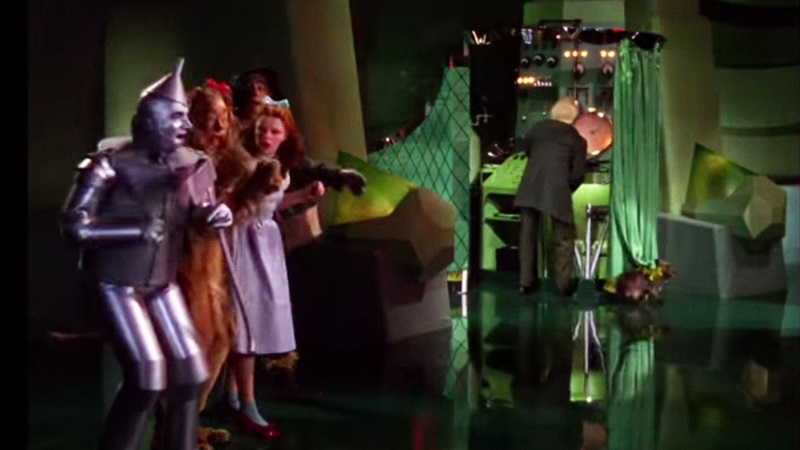I remember seeing The Wizard of Oz as a kid and coming to grips with the reality that the wizard was just an ordinary man behind a curtain making it all happen. Most people had nightmares about the Wicked Witch of the West. Me? I had nightmares about a non-magical “wizard.” What scared me more than Margaret Hamilton in green makeup was the possibility that there was a man behind a curtain deciding my fate or possibly that the world had been created in the dream of some giant head that had control over our lives. I feared that if the giant woke up (or the man grew bored) life would cease to exist. This was my earliest foray into philosophy, and it was enough to leave a terrifying impression. No one likes the feeling of being manipulated; it’s our nature to want to be fully aware and fully in control.

Belief in God runs the gamut – some envision that God is the giant, and we are all being manipulated by God’s every whim, while some believe that human fate is decided by individual free will and God is more like an observer, watching but not pulling the strings every moment.
Our Torah portion this week, Parshat Naso, leads us deeper into the question of where can we find God. In the Torah portion, we read about the Israelite society trying to move forward after leaving Egypt and about the establishment of a successful community. The narrative picks up with a second counting of the people; laws about how we are to treat one another and the property that we own; the blessing of the priests to the people; and the laws of the Nazir, detailing how we might dedicate ourselves directly to God. Among these laws is the notion of connection to a community, to God, and to the greater “people.”
The text of the parshah ends in the following way: “When Moses went into the Tent of Meeting to speak with Him, he would hear the Voice addressing him from above the cover that was on top of the Ark of the Pact between the two cherubim; thus He spoke to him.” Above the cover on top of the Ark? Is God literally behind the curtain, sharing rules and regulations with Moses?
We don’t get more details because this is where the text ends. We know from other moments in the Torah that Moses is not allowed to see God’s face. In fact, none of us are. But the specific nature of the imagery in this section is striking. Perhaps the “curtain” is another test to see if Moses will continue to follow dutifully the words of God. Or perhaps it is the reminder to us all that sometimes faith means believing without having all the answers.
– Rabbi Eve Posen



